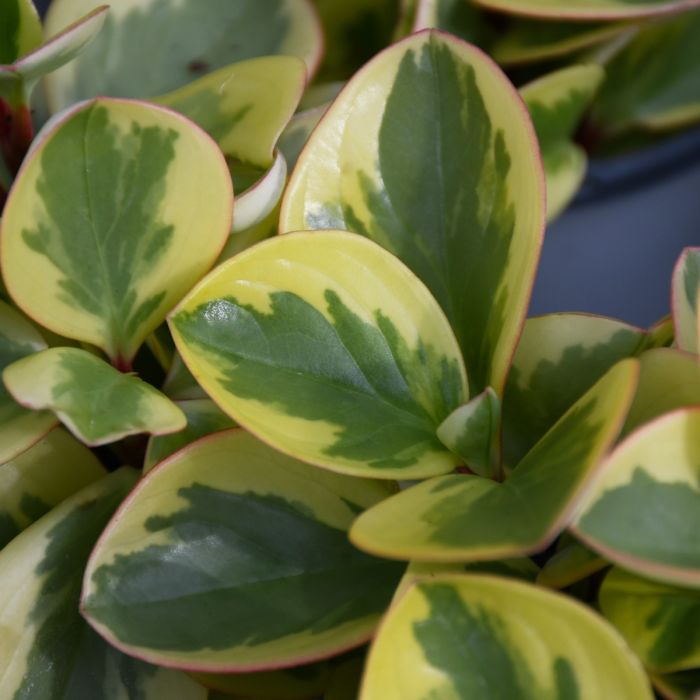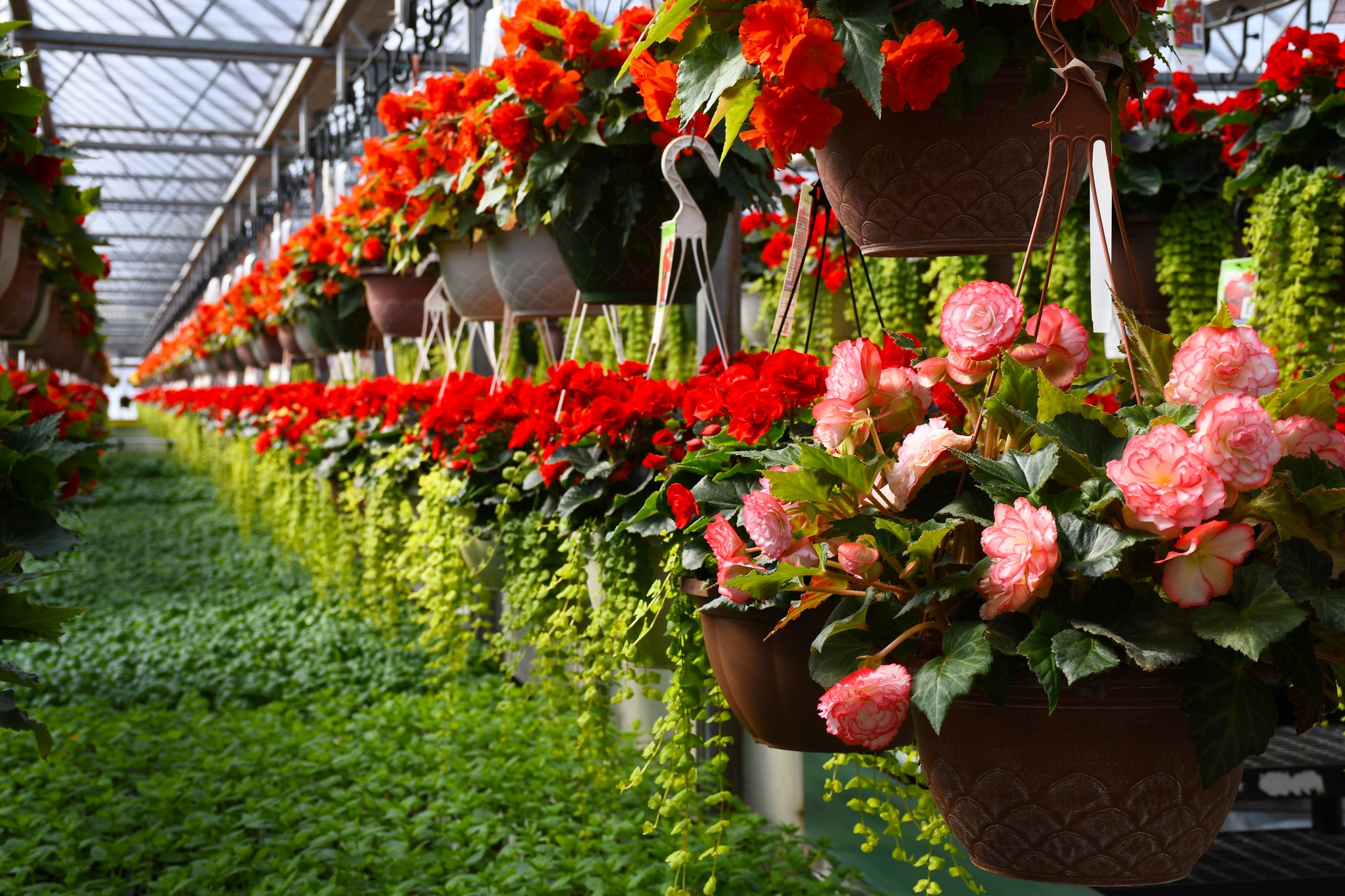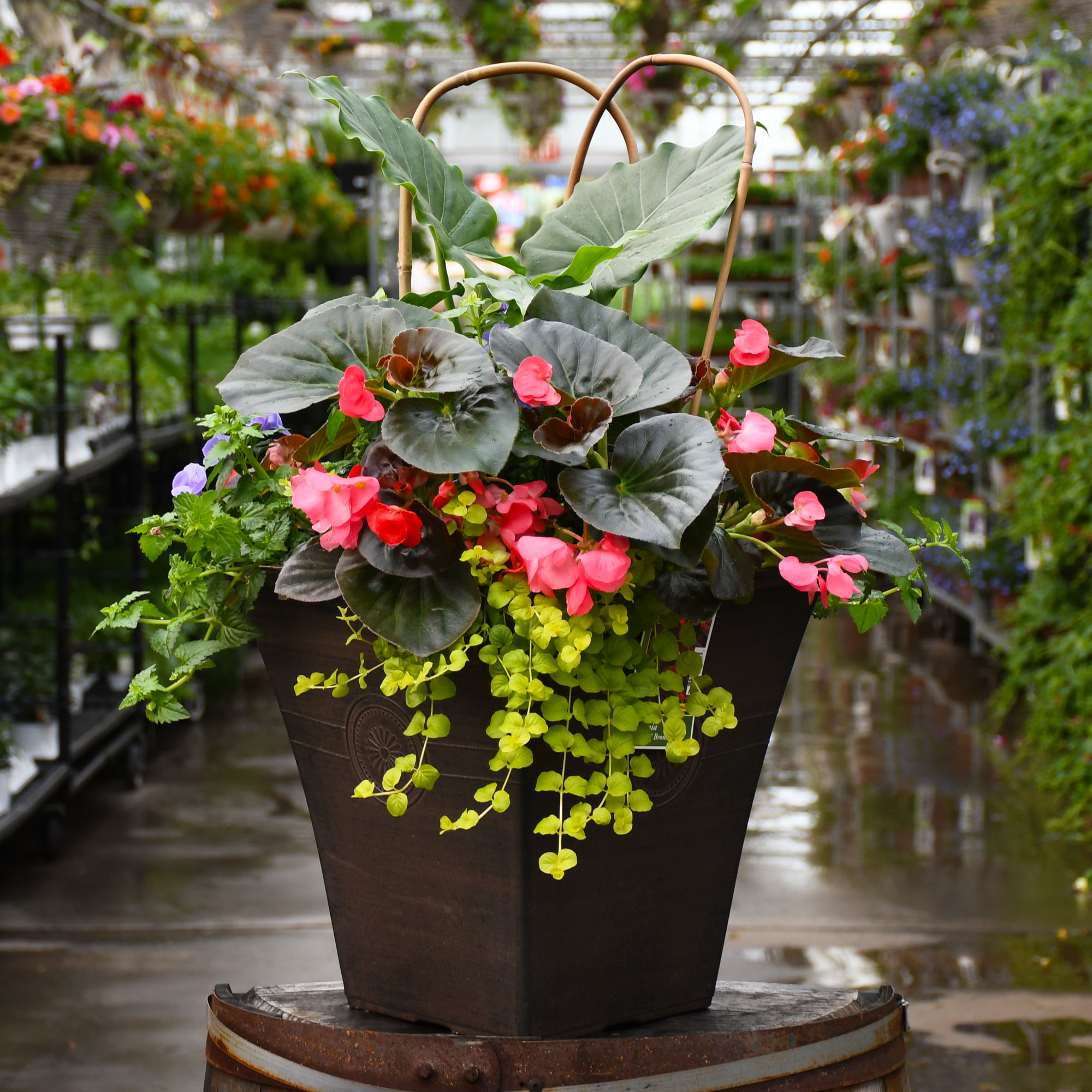Peperomia Obtipan 'Citrus Twist Peperomia'



- Sun Preference
- Part-Sun
Description
Citrus Twist Peperomia | Peperomia obtipan 'Citrus Twist'
A wonderful houseplant addition featuring creamy white and green variegated, glossy leaves; compact habit make it an ideal accent piece; prefers bright, indirect sunlight; water once top soil has dried out; low maintenance and easy to grow.Direct from the Grower
When you see the Gerten Grown logo on our annuals, you know you're getting a fresh plant directly from our greenhouse. We've been perfecting our growing process for over four generations and pride ourselves on providing local quality and freshness to our customers. Better pricing on better quality plant material, that's Gerten Grown.
Details
Citrus Twist Peperomia's attractive glossy oval leaves emerge light green, turning green in color with showy creamy white variegation and tinges of silver throughout the year on a plant with an upright spreading habit of growth.
This is an herbaceous evergreen houseplant with an upright spreading habit of growth. This plant may benefit from an occasional pruning to look its best.
When grown indoors, Citrus Twist Peperomia can be expected to grow to be about 12 inches tall at maturity, with a spread of 12 inches. It grows at a slow rate, and under ideal conditions can be expected to live for approximately 5 years. This houseplant should be situated in a location that that gets indirect sunlight at most, although it will usually require a more brightly-lit environment than what artificial indoor lighting alone can provide. It is very adaptable to both dry and moist soil, but will not tolerate any standing water. The surface of the soil shouldn't be allowed to dry out completely, and so you should expect to water this plant once and possibly even twice each week. Be aware that your particular watering schedule may vary depending on its location in the room, the pot size, plant size and other conditions; if in doubt, ask one of our experts in the store for advice. It will benefit from a regular feeding with a general-purpose fertilizer with every second or third watering. It is not particular as to soil type or pH; an average potting soil should work just fine.
There are many factors that will affect the ultimate height, spread and overall performance of a plant when grown indoors; among them, the size of the pot it's growing in, the amount of light it receives, watering frequency, the pruning regimen and repotting schedule. Use the information described here as a guideline only; individual performance can and will vary. Please contact the store to speak with one of our experts if you are interested in further details concerning recommendations on pot size, watering, pruning, repotting, etc.
-- THIS IS A HOUSEPLANT AND IS NOT MEANT TO SURVIVE THE WINTER OUTDOORS IN OUR CLIMATE --
More Information
| Gerten Grown Plants | Gerten Grown Plants |
|---|---|
| Common Family Name | Peperomia |
| Sun Preference | Part-Sun |
| Plant Life Cycle | Annual |
| Mature Height (Range) | 7-12" |
| Mature Spread (Range) | Under 12" |


